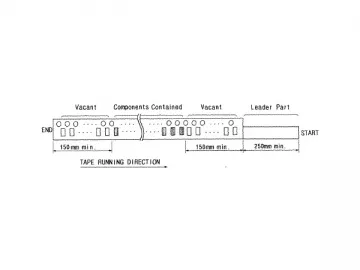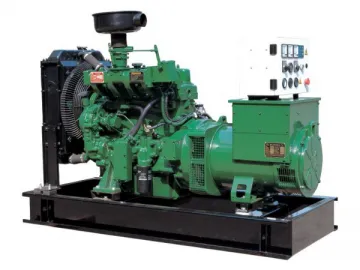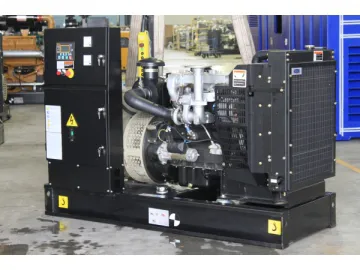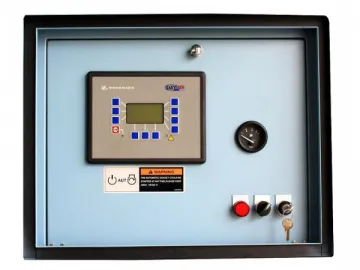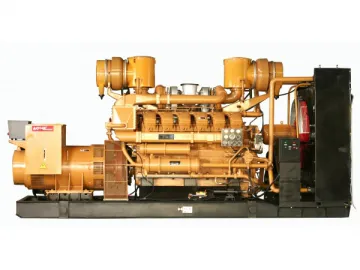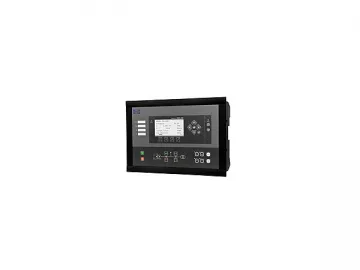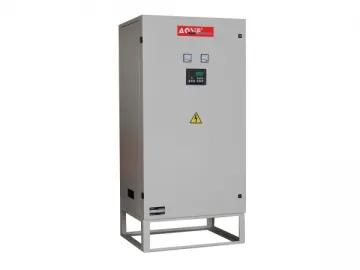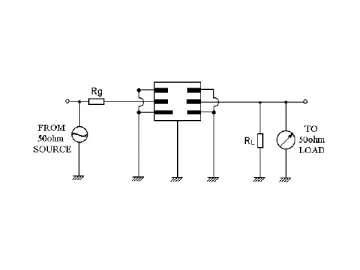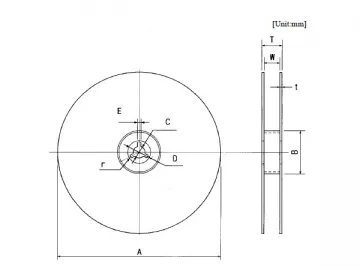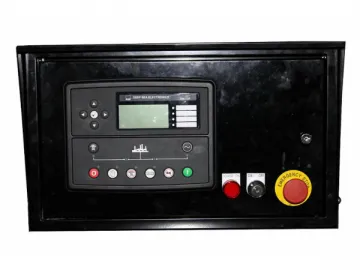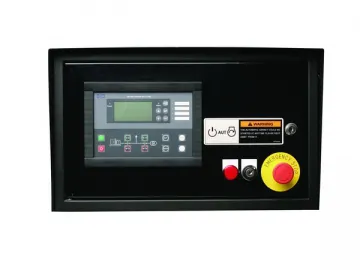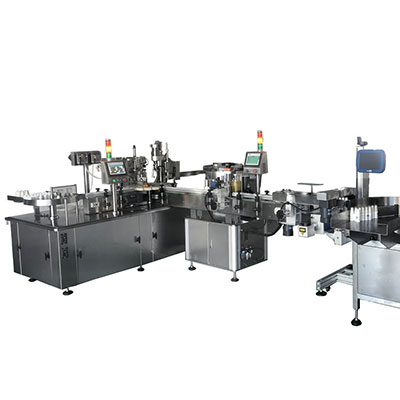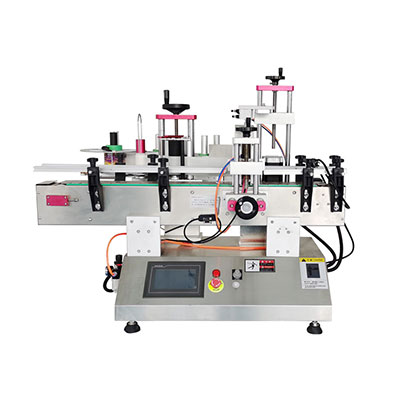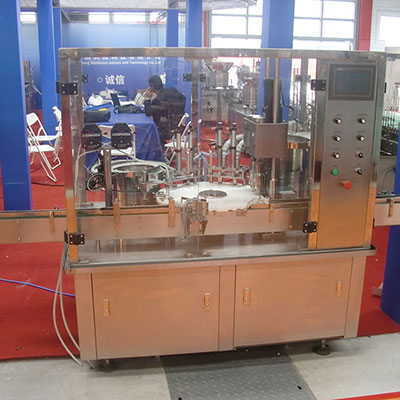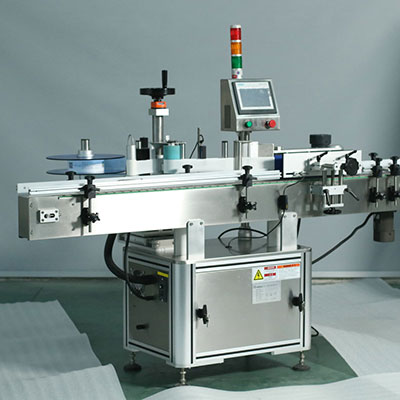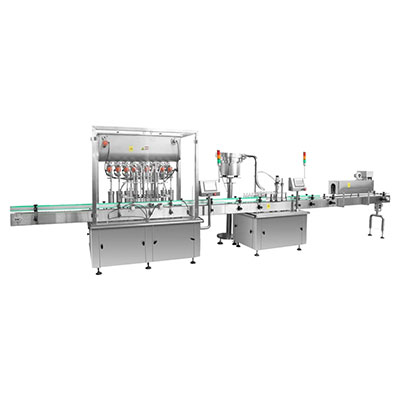Woodward Synchronization Panel
WoodwardSynchronization Panel
AOSIF Woodward GCP20 series automatic genset synchronization panel adopt high quality and intelligentWoodward module which is designed to provide total control for stand-alone andmultiple unit applications in isolated or mains parallel operation. This Woodward generatorcontrol system canwork with ATS to realize automatically starting and synchronization performanceof generators whenmains failed, and automatically control generator power output based on load demand. It is easy to operate and maintain, and especially applicable for placesrequiring stable power supply and places with load changes. While mains returned, the synchronizationpanel allows the generator to automatically stop operation.
The Woodwardsynchronization panel can be installed on the generator or standbypanels.
Features & functions of the Woodward synchronization panel
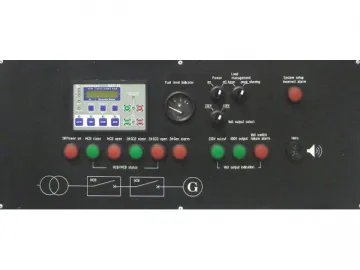
1. True RMS voltage (generator/busbar/mains)
2. True RMS current (generator/mains)
3. Start/stop logic for Diesel/Gasengines
4. Engine pre-glow or purgecontrol
5. AMF detection function
6. The Woodward synchronization panel is designed with battery voltage monitoring function.
7. Speed control with overspeed monitoring
8. The Woodward synchronization panel has counters for kWh,generator operation hours, engine starts, and maintenance calls, etc.
9. Configurable trip/control setpoints
10. Configurable delays for eachprotection
11. Speed input (magnetic/switchingpickup, MPU)
12. 14 configurable discrete alarminputs
13. 4 configurable/programmable relays
14. Two-line LCD display
15. Push-buttons for direct control
16. Multi-level password protection
17. This is a CE Marked and UL listed generator control panel.
18. Loadmanagement features of the Woodwardsynchronization panel include automatic base loading, peak shaving, import power and exportpower control.
19. PC and front panel configurable
Protection functions of the Woodward synchronization panel
Mains side
1. Over/under voltage
2. Over/under frequency
3. Phase/vector shift
Generatorside
1. Over/under voltage
2. Over/under frequency
3. Overload/reverse power/reducedpower
4. Unbalanced load
5. Independent time-over current
Links:https://www.globefindpro.com/products/92776.html
